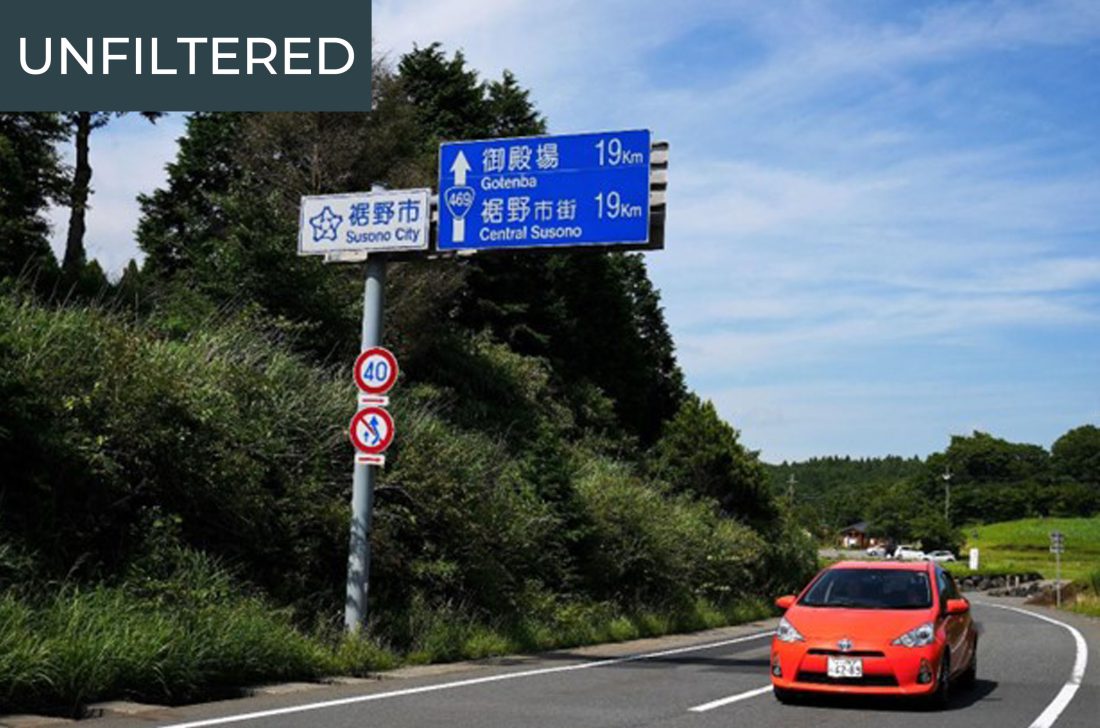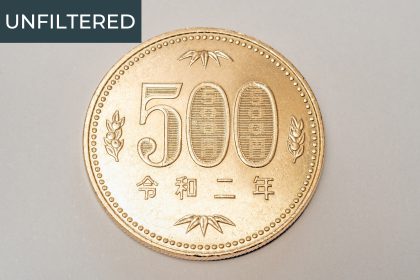Japan is famous for its comprehensive, efficient, and punctual (for the most part) public transportation system. However, when it comes to reaching more remote areas or experiencing some of the country’s unrivaled scenic locales, you’re going to need a car. Before you get behind the wheel, check out our roundtable discussion for three unique international perspectives on what it’s like to hit the road abroad.
Switching Sides
Anthony: Let’s talk about driving in Japan. Who would like to share their thoughts first?
Amelie: Since I don’t have much to say, I’ll go first. I’ve never driven in Japan. I can, or shall I say, I’m supposed to be able to drive in France, where I have my driver’s license. But I basically haven’t touched a car since I came to Japan. It’s been almost ten years since I last drove.
Recently, several people have been asking me if I could drive in Japan, and I’ve been going out to the countryside for different projects. I realized that there are some places where having a car makes things much more interesting, even here in Japan where you can go almost anywhere by train.
Driving makes traveling much more convenient—you can travel freely on your own schedule. So, I’m thinking about converting my French driver’s license into a Japanese one. However, I might take some lessons to get used to driving again because it’s been so long. I’m also a little anxious about driving on the other side of the road. Actually, I’m very anxious about that. So I’m thinking about a school that focuses on what Japanese people call paper drivers: people who have licenses but don’t drive so often. It won’t be cheap and it will be time-consuming, so I’m still thinking about it.
Anthony: During your eight years here, what held you back from getting your license and driving?
Amelie: First of all, I didn’t need it because in Tokyo you can go everywhere on the subway and trains. Even when I traveled outside of Tokyo, trains were sufficient. Recently, I’ve been traveling to smaller cities and sharing taxis with my friends. Now I realize that if I could rent a car, we would have more fun, and it would be easier to get from place to place.
But to answer your question, trains were convenient and, also, I think I was afraid to drive on the other side of the road. Those are my two main reasons.
David: Driving on the other side of the road is not really an issue when you’re in traffic. As long as other cars are around you, you don’t think about it too much. However, it is true that if you are in the countryside and you’re the only car at a confusing intersection, you really need to be paying attention to what side you’re on. It’s easy to get muddled. In fact, I love driving behind other cars for that exact reason. Well, that’s one reason, at least. The other reason is that sometimes I might not be familiar with all of the directions you can turn—some of the intersections can be a bit confusing. So, I just use the car in front of me as a guide. They show me exactly what to do… Until they turn in a different direction, and I’ve got to find another guide [laughs].
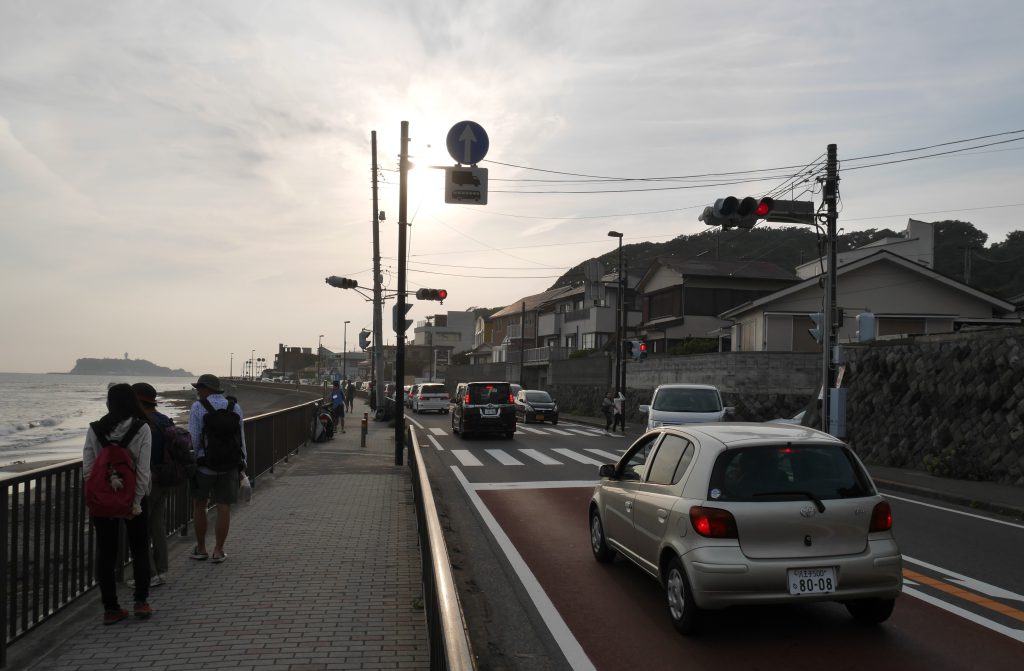
Anthony: I certainly agree that when you are going with the flow, the experience isn’t much different than driving in your home country. Switching sides of the road isn’t as confusing as most people think because most of your driving controls are switched to match that.
What is most challenging for me, at least in places like Tokyo, is driving on crowded narrow streets. I grew up in a place with wide open roads, so it has been a little difficult to adjust to urban driving in Japan.
David: I don’t know how many times I’ve thought to myself, “How did I not lose my side mirror here?” I’d even say this is the case in the countryside as well—in the mountains, for example. The road width can vary wildly and there’s little margin for error. Perhaps I’m exaggerating a little—it’s not that bad. But it’s definitely a squeeze sometimes.
Anthony: This can be especially true if you aren’t driving a kei car [micro car].
The Kei Car Experience
David: What is driving a kei car like? I’ve never driven one before.
Anthony: They’re good for urban driving where you’re not going too fast. But if you ever need to ascend a steep mountain road—something I’ve done too many times in a kei car—it’s going to be a disappointing experience. They just don’t have enough power. On the other hand, they are great for squeezing into narrow parking spaces…
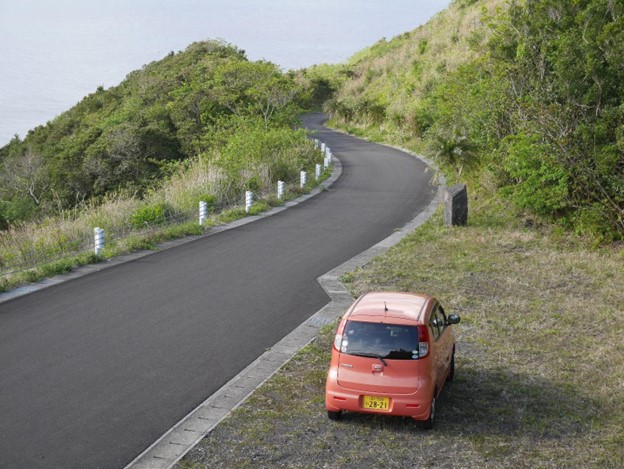
David: Are they big enough for people who are taller than average?
Amelie: You’re asking for a friend, right? [laughs]
Anthony: Some of the box-shaped kei cars might be OK. You might have trouble getting into a sporty kei car like a Daihatsu Copen or a Honda S660. The boxy ones, however, have surprisingly spacious interiors and are cleverly designed—they just don’t have a lot of power.
Finding Your Way
David: Another thing I want to mention about driving in Japan is that you should use a GPS. You almost have to use a GPS because you probably won’t be driving to the same place more than once unless you are commuting to work or something like that. I can’t even imagine driving here without a GPS—it’s unthinkable.
Anthony: That being said, one hard lesson I learned during my recent trip to Tokushima, is that it’s probably best to use Google Maps instead of the systems that are included with a lot of the rental cars here. Their user interface is not intuitive, and it’s easy to be led astray.
Amelie: A couple of times, while riding with colleagues or friends, I’ve noticed that some of the built-in GPS systems only get you close to your destination—not exactly where you want to go. This is especially the case deep in the countryside.
Anthony: That also happened to me during my trip to Tokushima.
David: I thought if you put in a phone number, it would take you to the exact location.
Amelie: Not all the time. Sometimes the system doesn’t know exactly where a particular building is.
David: Now that you mention it, that did happen to me once in Ueda. I didn’t have a phone number, so we entered an address and ended up at a location two blocks from our destination.
Anthony: The last car I rented didn’t even have that feature—I couldn’t search via phone number. So, keep in mind that when you rent a car, you might end up with one that has an outdated GPS system.
David: Fortunately, I always use the same car rental company, so I don’t have that problem. In fact, my experience is completely the opposite—the GPS units in my rental cars are modern and up-to-date.
Anthony: Now that you mentioned it several years ago, I did end up with one of the nice GPS systems. So I guess the lesson to be learned is to be prepared to use your Google Maps if necessary and that there is a wide range of GPS systems that you might end up with. That’s something to keep in mind when you are renting a car.
Final Tips
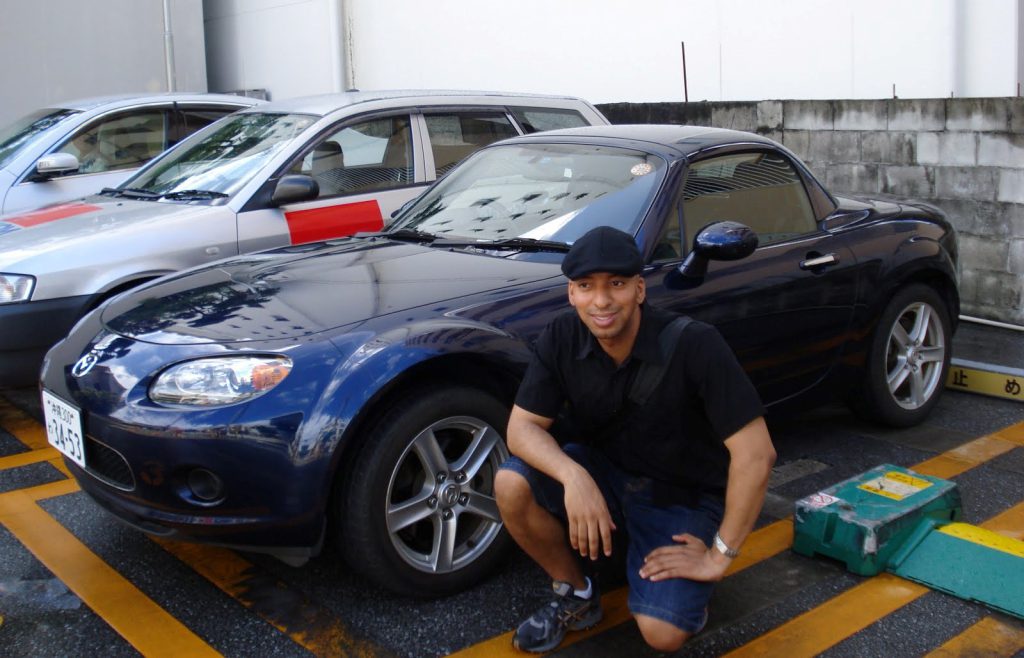
Anthony: Let’s wrap up with a few final tips regarding driving in Japan. Earlier, Amelie mentioned taking a class that I also highly recommend. Even though I’m a driving enthusiast, I did take a short course before getting my Japanese driver’s license. It wasn’t the super expensive one—just the one that trained me how the road test works. Because of that, I was able to get my manual-transmission license on my first try. Unfortunately, Americans need to take a written and road test to transfer their license.
David: I’d like to mention three things. First, keep in mind that the speed limits here can be quite low. Theoretically, the freeway speed limit is 100 kilometers per hour, but it’s often limited to 80. Secondly, be prepared to pay for parking and know that it can be expensive. Finally, and most importantly, remember that you can’t drink any alcohol at all before you drive. The limit here is zero, which is stricter than in a lot of countries.
Anthony: Indeed, that’s a very important tip. And with that, I wish all of our readers safe and enjoyable travels.

